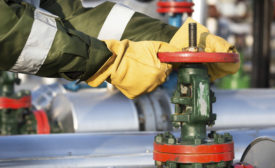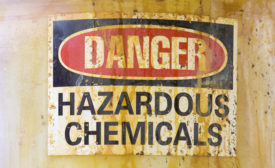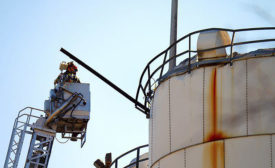Oil and Gas Industry Safety & Health
Damages, injuries, expenses following a combustible dust incident
Be aware of the many losses that can pile up
March 12, 2019
Never miss the latest news and trends driving the safety industry
eNewsletter | Website | eMagazine
JOIN TODAYCopyright ©2024. All Rights Reserved BNP Media.
Design, CMS, Hosting & Web Development :: ePublishing










